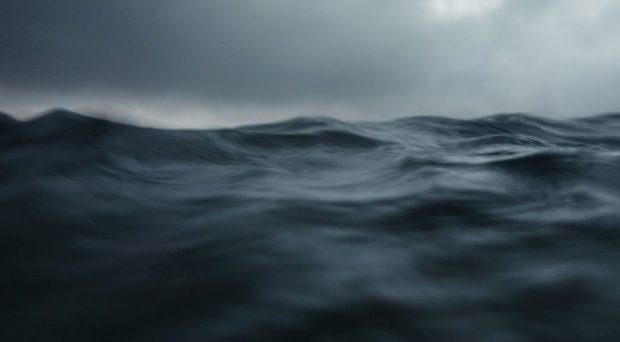
Earth may have been a ‘water world’ 3bn years ago: Study
PTI, Mar 3, 2020, 2:28 PM IST

Washington: Earth may have been covered by a global ocean that turned the planet into a “water world” more than three billion years ago, according to a study.
The researchers suggest that the Earth may have looked a bit like the post-apocalyptic, and land-free, future imagined in American actor and filmmaker Kevin Costner’s movie Waterworld.
The findings, published in the journal Nature Geoscience, could help scientists to better understand how and where single-cell organisms first emerged on the Earth.
“The history of life on Earth tracks available niches,” said Boswell Wing, an associate professor at the University of Colorado (CU) Boulder in the US.
“If you have got a water world, a world covered by ocean, then dry niches are just not going to be available,” Wing said.
The study also feeds into an ongoing debate over what ancient Earth may have looked like.
“There was seemingly no way forward on that debate,” said lead author Benjamin Johnson, who conducted the research in Wing’s lab at CU Boulder.
“We thought that trying something different might be a good idea,” Johnson said.
For researchers, that something different centred around a geologic site called the Panorama district located deep in Northwestern Australia’s outback.
“Today, there are these really scrubby and rolling hills that are cut through by dry river beds,” said Johnson, now an assistant professor at Iowa State University in the US.
It’s also the resting spot for a 3.2 billion-year-old chunk of ocean crust that’s been turned on its side, the researchers noted.
“In the span of a day at Panorama, you can walk across what used to be the hard, outer shell of the planet — all the way from the base of that crust to the spots where water once bubbled up through the seafloor via hydrothermal vents,” the researchers said.
They saw it as one-of-a-kind opportunity to pick up clues about the chemistry of ocean water from billions of years ago.
“There are no samples of really ancient ocean water lying around, but we do have rocks that interacted with that seawater and remembered that interaction,” Johnson said.
The researchers analysed data from more than 100 rock samples from across the dry terrain.
They were looking, in particular, for two different isotopes of oxygen trapped in stone: a slightly heavier atom called Oxygen-18 and a lighter one called Oxygen-16.
The team discovered that the ratio of those two isotopes of oxygen may have been a bit off in seawater 3.2 billion years ago — with just a smidge more Oxygen-18 atoms than one would see today.
“Though these mass differences seem small, they are super sensitive,” Wing said.
Wing explained that today’s land masses are covered by clay-rich soils that disproportionately take up heavier oxygen isotopes from the water — like mineral vacuums for Oxygen-18.
The team theorised that the most likely explanation for that excess Oxygen-18 in the ancient oceans was that there simply were not any soil-rich continents around to suck the isotopes up.
That doesn’t mean, however, that there weren’t any spots of dry land around, the researchers said.
Udayavani is now on Telegram. Click here to join our channel and stay updated with the latest news.
Top News

Related Articles More

AI-powered network solution eliminates spam calls and SMS for customers in Karnataka

Rapid digital expansion to create over 1 lakh new jobs in fiber tech in India in next 5 years

National Consumer Helpline to roll out AI-based features, partners with 1,000 firms

BTS2024: If India can make rocket sensors, it can also make car sensors, says ISRO chief Somanath

World COPD Day: Know your lung function
MUST WATCH
Latest Additions

Karnataka health minister urges for collaborative effort to improve dementia care

SC mulls conducting tree census in Taj Trapezium Zone

Allu Arjun on ”Pushpa 2′ breaking language barrier: My time to make Telugu people proud on national scale

Udupi: MGM College imparts nectar of knowledge, says Sri Vidyasagara Teertha Swamiji
Bengaluru Police arrest man for murder of Assamese woman
Thanks for visiting Udayavani
You seem to have an Ad Blocker on.
To continue reading, please turn it off or whitelist Udayavani.

















